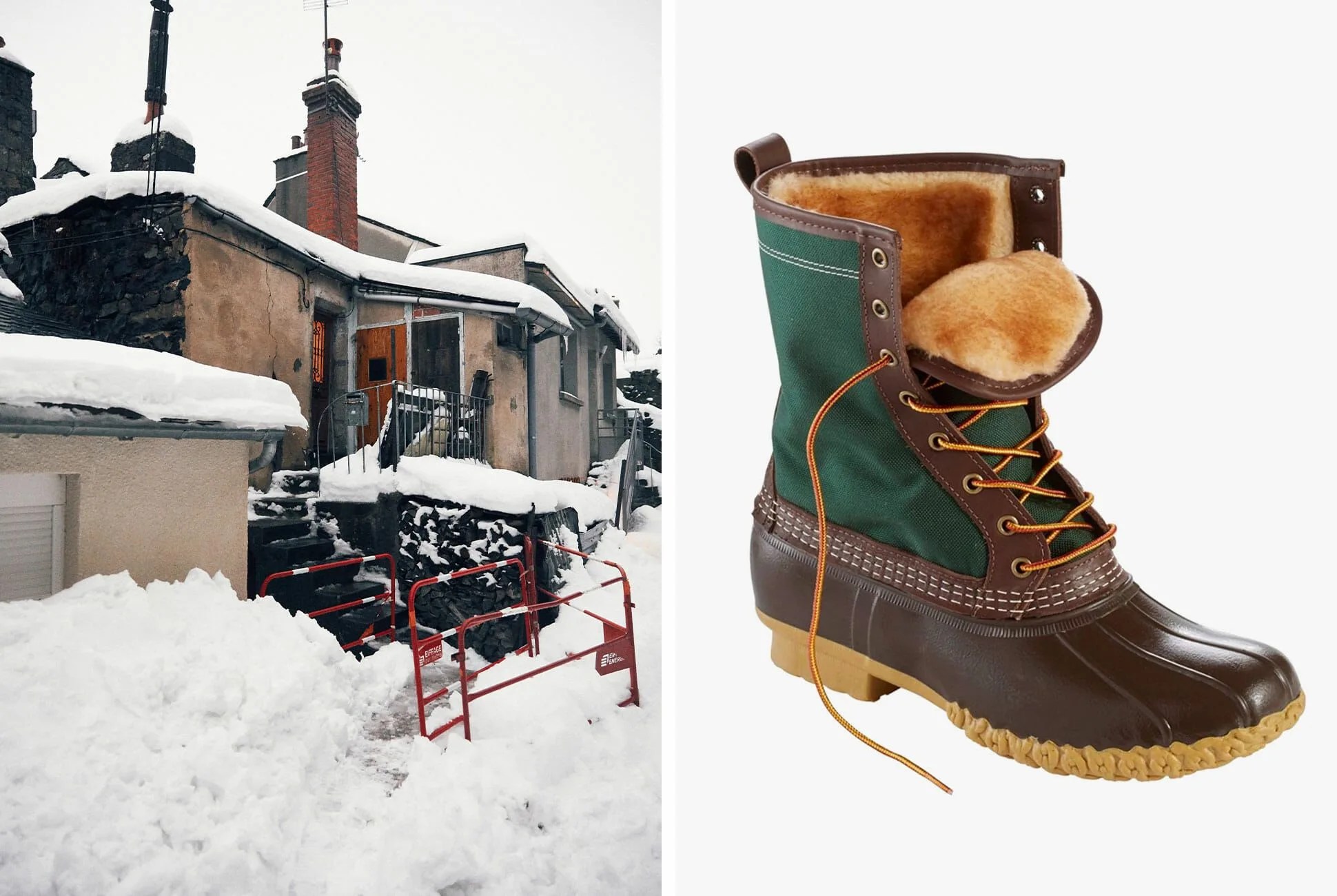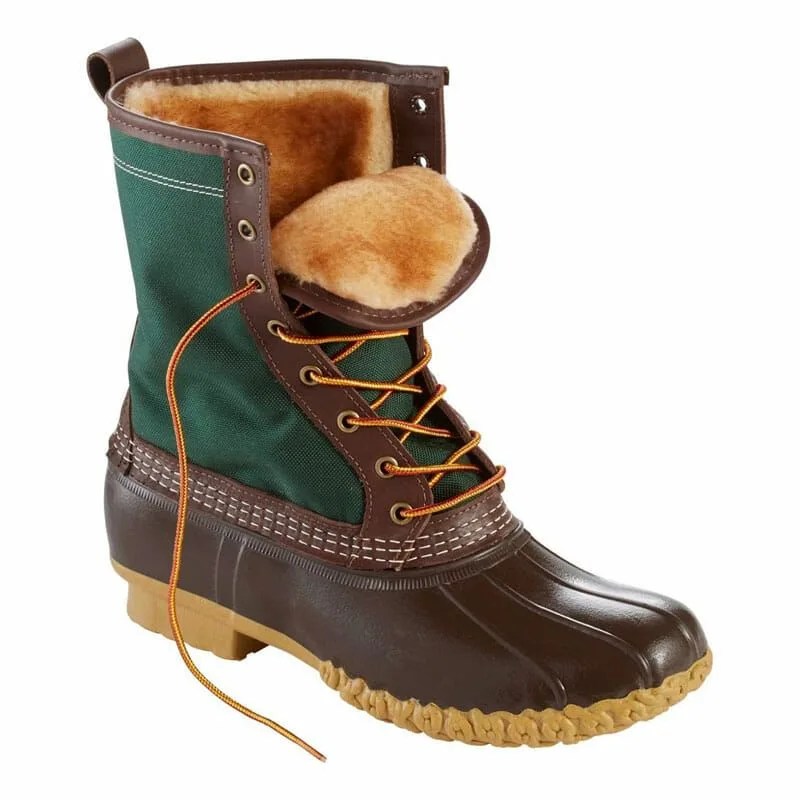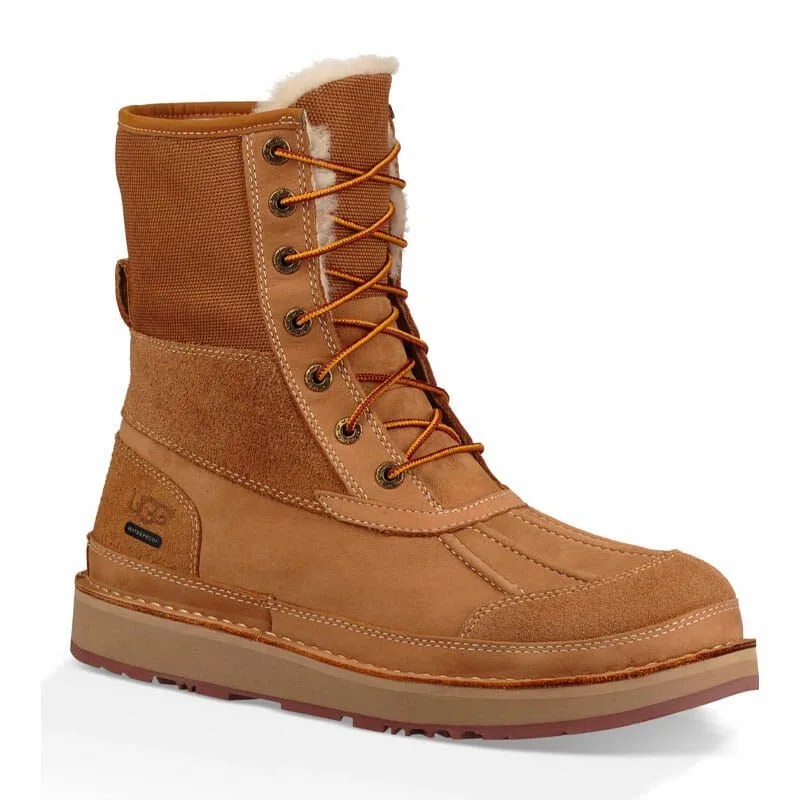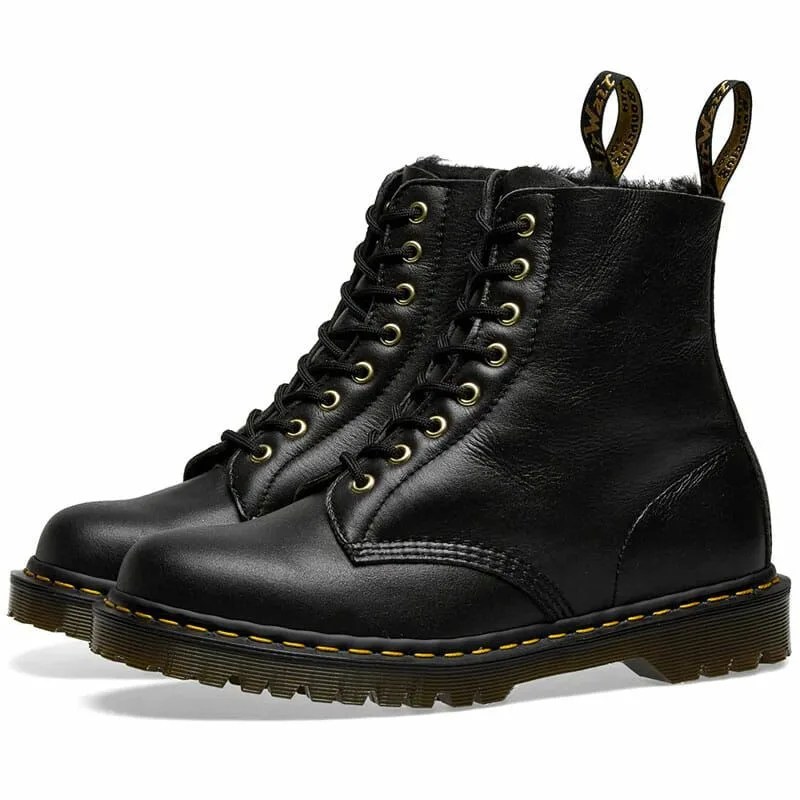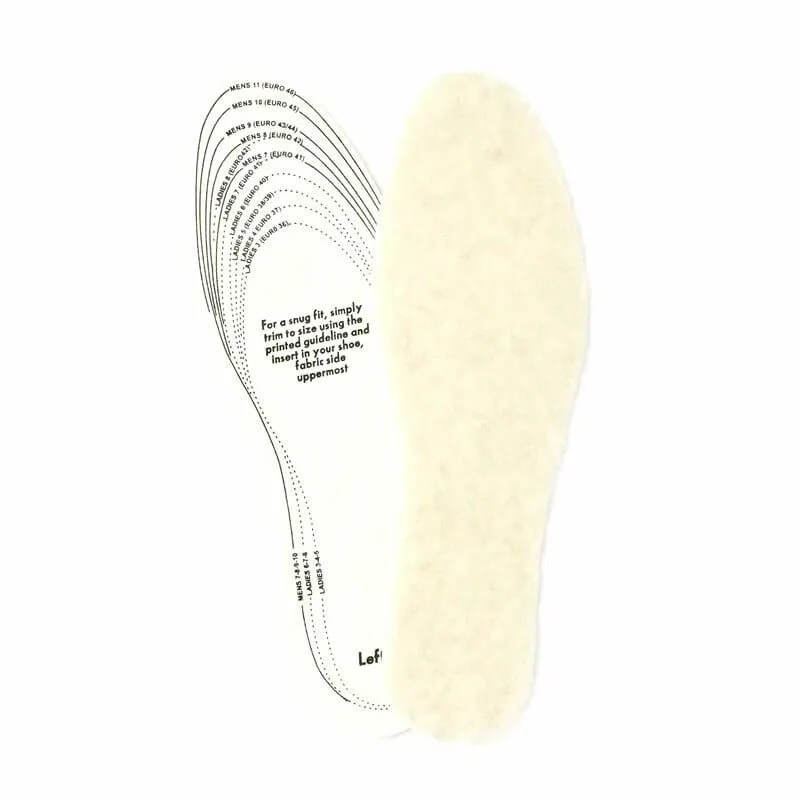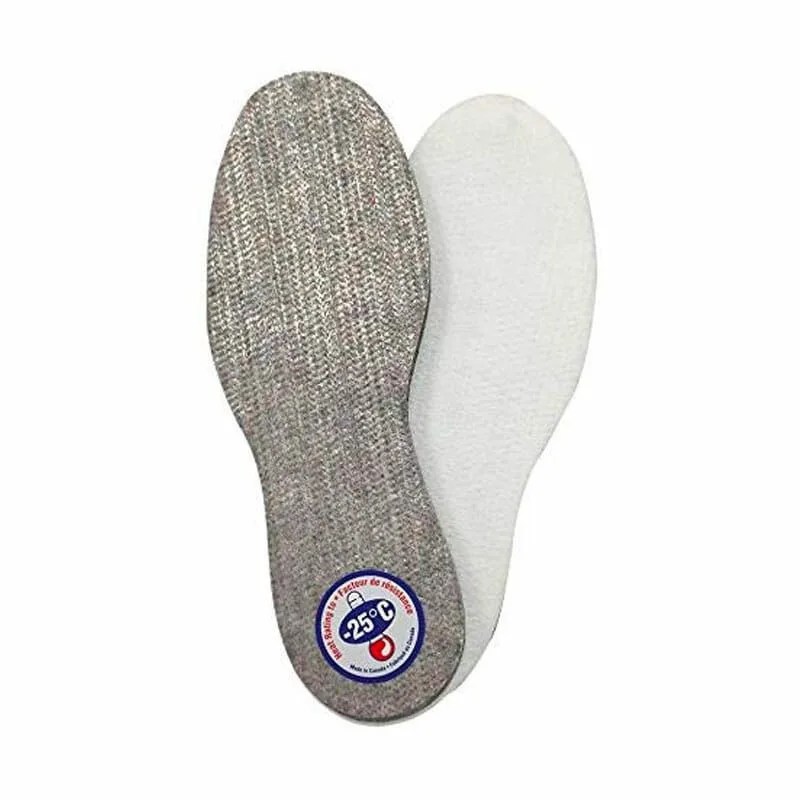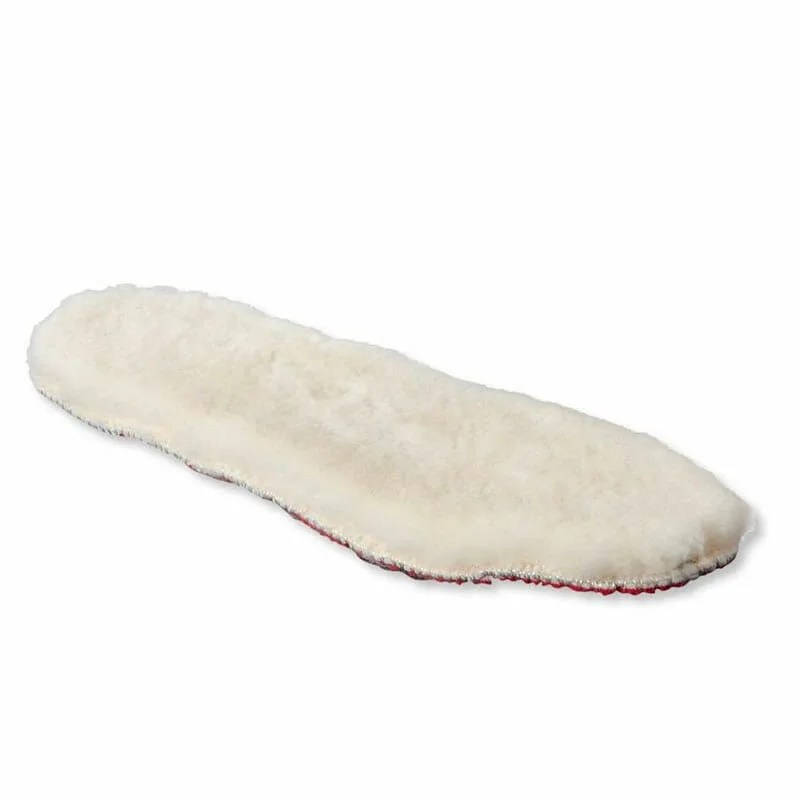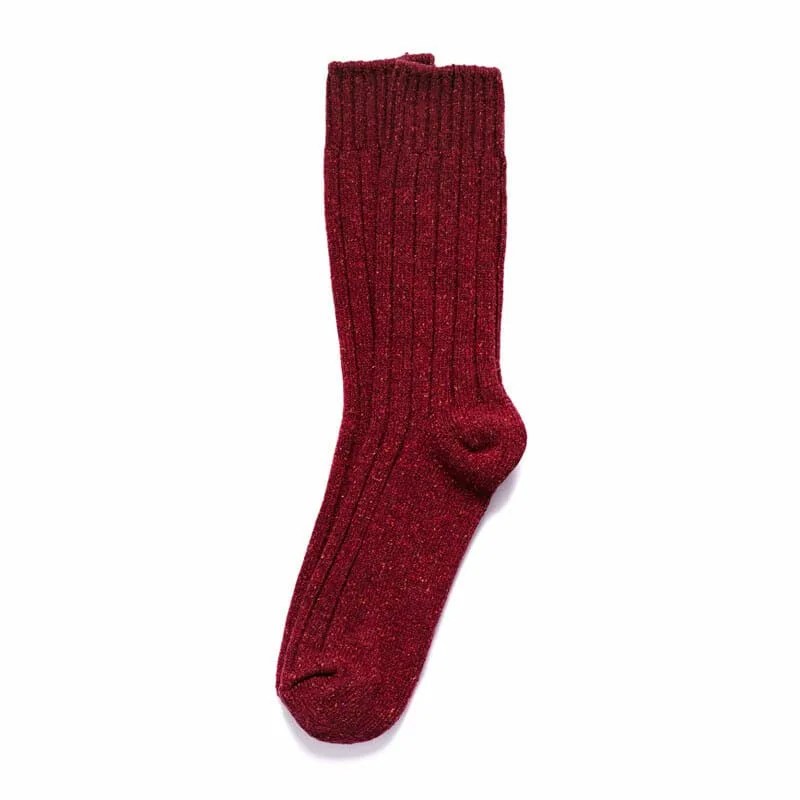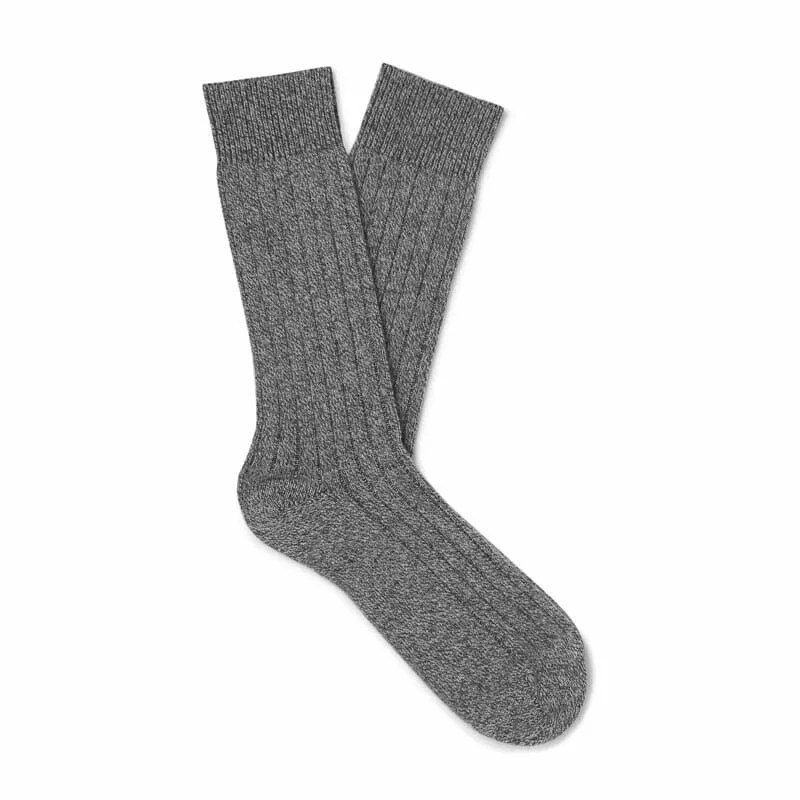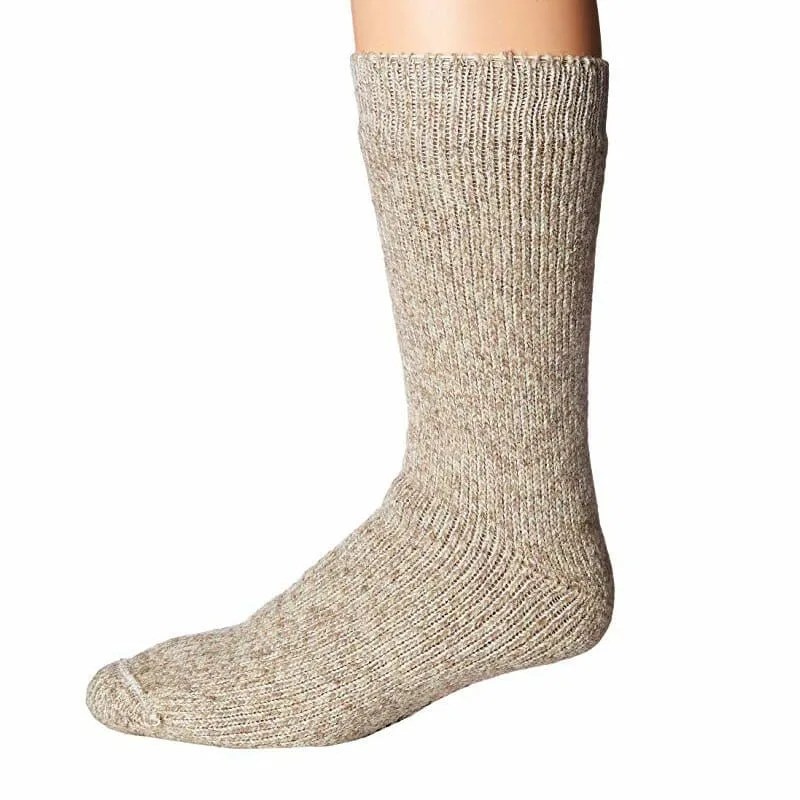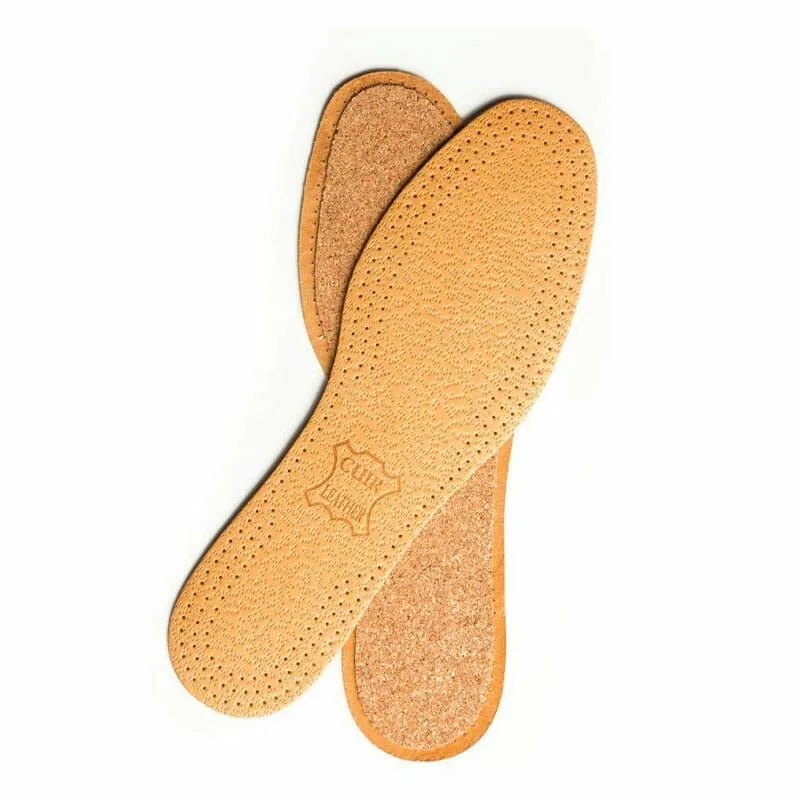If you buy your boots like they’re an investment, you want them to be versatile. So it can be a hard pill to swallow to drop a few hundred on a pair of winter boots that you’ll only get to wear for one season out of the year. Can you make that three-season boot a year-rounder?
But, maybe you just want a boot that gets the job done. If that job is specifically getting your feet to your destination with all 10 toes dry and intact, then a master-of-one-season boot could be what you really need. When you’re waffling between whether or not you should even buy winter-specific boots, make sure you know what you’re getting into.
The Case for a Seasonal Boot
Winter boots usually come equipped with some form of insulation like Thinsulate. Not only will they keep your feet warm, insulated winter boots often come with other features that make them better equipped to take on snow and rain. That can mean a waterproof Gore-Tex lining, impermeable sole construction and slip-resistant soles. If you’re feeling luxurious, you can also opt for fur or fleece-lined boots. They’ll toast your feet like a marshmallow and feel as soft as one, too.
While all of these qualities can make a polar vortex much more comfortable, there are some downsides. Watertight properties can be a great thing when you find yourself facing a downtown tundra, but most waterproof boots are made using cement construction which makes them harder to resole compared to a Goodyear welted styles. That said, if you invest in a decent pair of winter boots, they should last you a long time before you even have to think about crossing that bridge, especially if the only play they’re getting is in the snow between December and March.
If your day to day requires you to be outside a fair amount or if your winters are lengthy, you’ll probably want to invest in a pair of solid slush stompers.
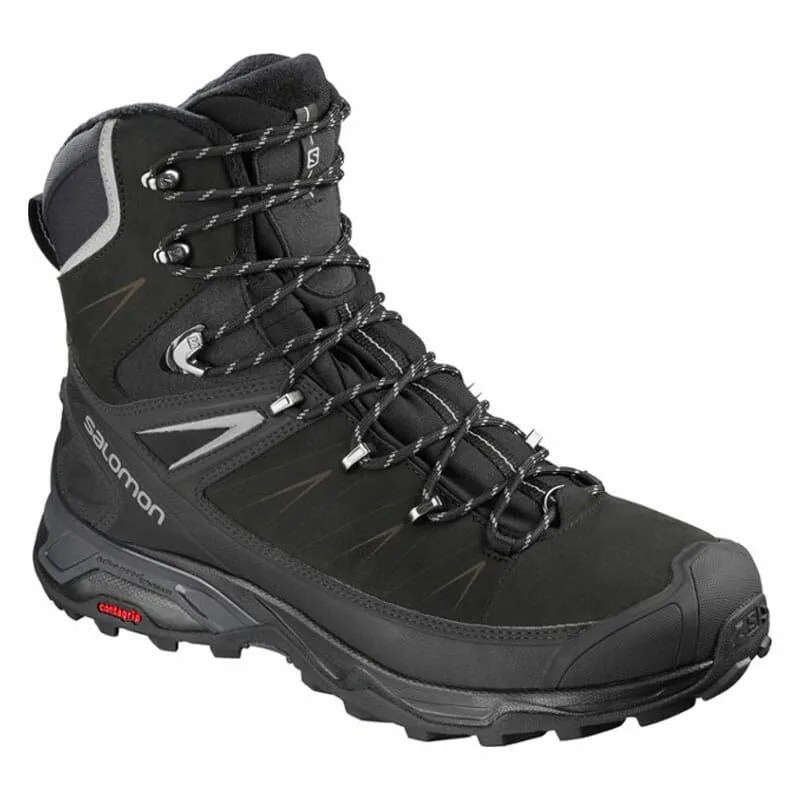
X Ultra Winter CS WP 2 Boots by Salomon $180
